|
Each week, inevitably, I get a few email inquiries that go something like this: “My shoulder hurts when I bench or do certain types of overhead exercises, it even bothers me while I sleep - what do you think it is?” When shoulder pain limits our ability to workout, throw a baseball, or even just do an overhead movements around the house (grabbing a cup out of the cupboard, for instance), it can really start to affect quality of life. Unfortunately, there's no easy answer to the above question without a more thorough evaluation (we'll get to that later...) Local to the Towson, Lutherville-Timonium, Cockeysville, or Hunt Valley area? Friends & Family receive a FREE Discovery Session at Premier! The cause of shoulder pain is unique to each individual. Making a recommendation without knowing what's actually happening to cause the issue is never productive and not how we like to operate. With that being said, shoulder discomfort can be caused by a number of factors, but today we'll take a look at two of them:
Movement Pattern #1: Wrist Flexion Wait... what? The movement of my wrists can cause shoulder pain? Absolutely-- if the muscles in the forearm are out of balance, the shoulder is forced to take on extra, unnecessary force that would not normally be absorbed by this muscle group. Here's a quick self-check you can do to help determine if forearm imbalances are a contributing factor to your shoulder pain; Try picking up some heavy dumbbells and hold them at your sides. Did you notice anything right away at your wrists or in your forearms? Was your first instinct to curl your wrist to help hold the dumbbell? Do your wrists look like Figure 1? If so, bingo-- this is called wrist flexion, and when the wrist flexes forward, the shoulder normally follows, leading to shoulder issues. It's a problem you'll want to address to help your shoulder feel better. Movement Pattern #2: Elbow Flexion Similar to the movement of the wrist, elbow flexion (bending the elbow) is, at first glance, unrelated to how the shoulder functions... but it's actually one of the most common patterns we see in clients with shoulder pain. :Let's say we want to reach for something overhead at a fixed height. First, think about trying to reach for it with a straight arm. Next, we try to reach for it with an arm bent at the elbow. In order to reach the object with a bent elbow, you'll need to raise the shoulder closer to the neck, which puts more stress on the shoulder, and can often cause pain (Now imagine doing this with a heavily weighted overhead press and we can see where issues arise). Here's a quick test you can run to see if this is an issue for you: Grab a barbell and perform a front deltoid raise. Keep your hands shoulder width apart, arms straight, and lift the barbell overhead (fast forward to 0:17 to see CrossFit games competitor and Outsiders CrossFit superstar, Rose Wall, performing the front delt raise). Is any part of that movement making you want to bend your elbows? Do your arms look like Figure 2? If so, there's likely an imbalance between the biceps and triceps, It may also be difficult to keep the elbows extended while lifting overhead. Without proper activation of the biceps or triceps, the shoulder will compensate for that imbalance and can ultimately lead to a shoulder injury. Movement Pattern #3: Limited shoulder flexion Limited shoulder flexion makes a little more sense intuitively when thinking about shoulder pain. If shoulder flexion is limited, it means you have a difficult time raising your arm overhead without one of two things happening:
This an indication that a muscular imbalance exists between the pectorals, deltoids, and lats. You can test this by doing the following: Stand with your heels, glutes, and upper back against a wall. With your arms resting at your sides, lift one arm straight out in front of you and overhead. Try to touch your thumb to the wall behind you by only moving your shoulder. Are you able to reach the wall without either of the compensations in Figure 3 or Figure 4 coming out? If any of the above movement patterns are evident, they are likely a contributing factor to your shoulder pain. During a Neuro Therapy Discovery Session, we are able to pinpoint exactly where the muscular imbalances are in the body that are causing these patterns. We're also able to start re-training the muscles to work correctly so you can begin to move properly again. When we eliminate the contributing factors (improper movement patterns and muscular imbalances), we eliminate the pain. If you're interested in applying for a FREE Discovery Session, just click here: Apply for a FREE, 90 minute, Neuro Therapy Discovery Session to pinpoint your muscular imbalances and learn more about improper movement patterns You can also arrange for a free 15 minute call with a member of our team by clicking here: Click here to arrange a call. Or download our free guide with the 28 Most Frequently Asked Questions About Neuro Therapy by clicking here: Click here to download our free guide: 28 Most Frequently Asked Questions About Neuro Therapy. Or here: Local to the Towson, Lutherville-Timonium, Cockeysville, or Hunt Valley area? Friends & Family receive a FREE
Discovery Session at Premier!
1 Comment
|
About the AuthorEvan Lewis is a nationwide leader in Neuro Therapy and founded the Baltimore area's only specialist Neuro Therapy facility. Archives
February 2022
Categories
All
Local to the Towson, Lutherville-Timonium, Cockeysville, or
Hunt Valley area? Friends & Family receive a FREE Discovery Session at Premier!
|
|
About
Premier Neuro Therapy specializes in helping people overcome nagging pains and injuries, avoid surgery and injections, and transform the body to a state of peak performance.
|
Hours
Monday 8am-6pm
Tuesday 8am-6pm Wednesday 8am-6pm Thursday 8am-6pm Friday 8am-6pm Saturday Appointment only Sunday Closed |
Our Location
Our home base is just outside of Baltimore, MD, but we serve clients virtually throughout the United States!
15 miles north of downtown Baltimore, MD
|
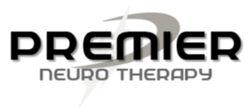
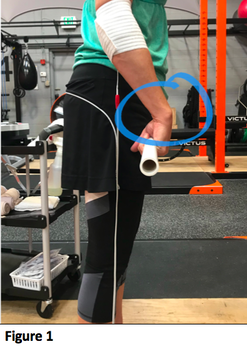
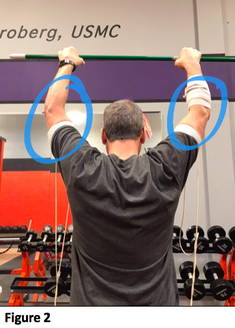
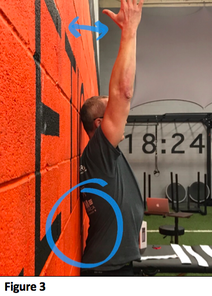
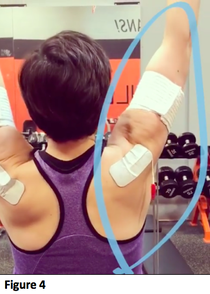


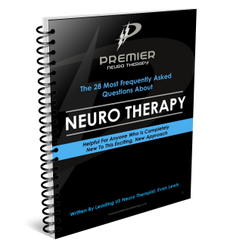

 RSS Feed
RSS Feed